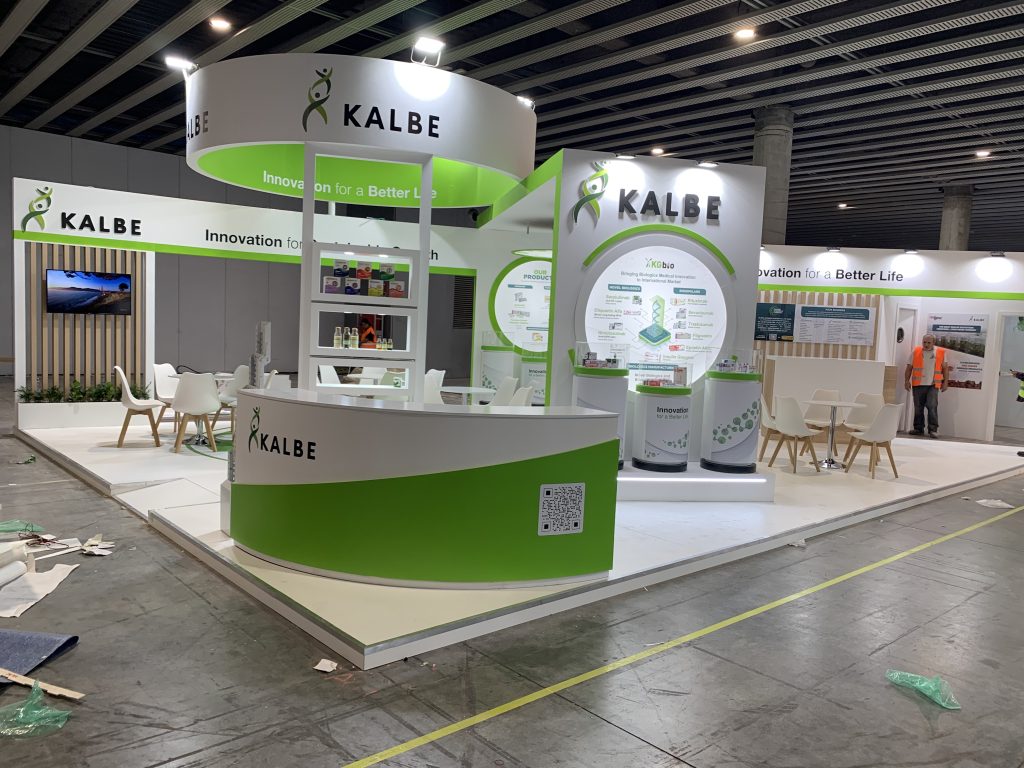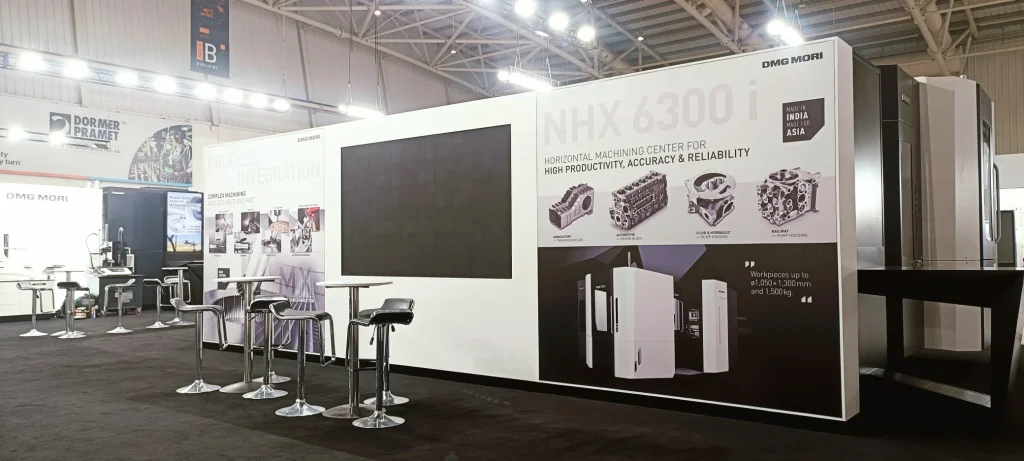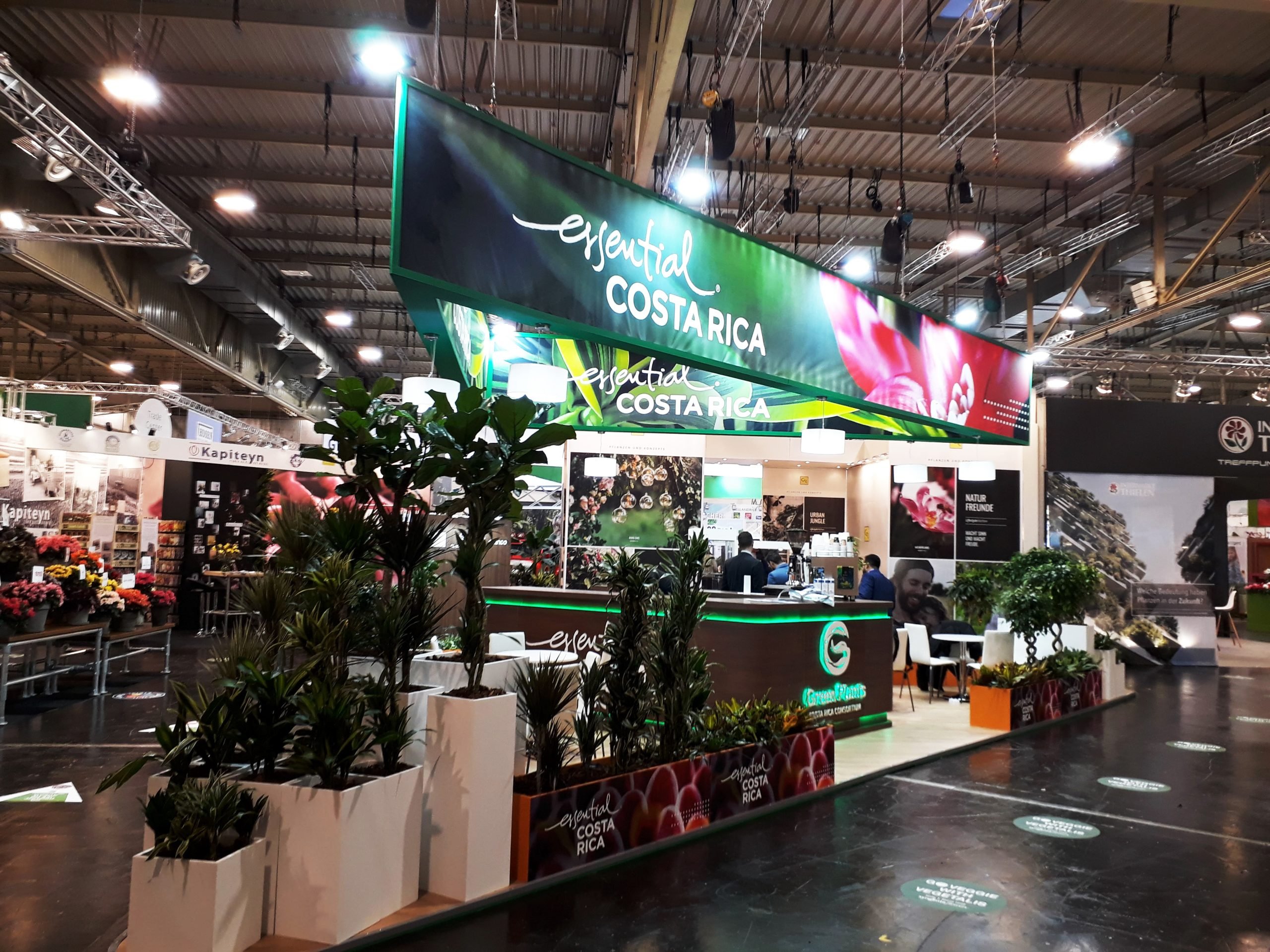
Introduction:
Trade show booth design goes beyond aesthetics; it’s about strategically leveraging psychological principles to create engaging and memorable experiences for attendees. By understanding the psychology behind color, layout, and spatial dynamics, exhibitors can influence attendee behavior, enhance brand perception, and drive desired outcomes.
In this blog, we’ll delve into the psychology of trade show booth design and explore how color, layout, and spatial dynamics can impact attendee perception and engagement.
1. The Psychology of Color:
- Color has a profound impact on human emotions, perceptions, and behaviors.
- Warm colors like red and orange can evoke feelings of excitement, energy, and urgency, making them effective for grabbing attention and stimulating action.
- Cool colors such as blue and green are associated with calmness, trustworthiness, and professionalism, making them ideal for creating a sense of relaxation and credibility.
- Exhibitors should carefully select colors that align with their brand identity, messaging, and desired emotional response from attendees.
2. Layout and Flow:
- The layout of a trade show booth influences how attendees navigate and interact with the space.
- An open and inviting layout encourages attendees to enter the booth and explore its offerings, fostering engagement and interaction.
- Strategic placement of key elements such as product displays, demo areas, and meeting spaces ensures that attendees can easily access and engage with relevant content.
- Exhibitors should consider the flow of foot traffic and design booth layouts that facilitate a natural progression through different zones, leading attendees toward desired focal points and interactions.
3. Spatial Dynamics:
- Spatial dynamics refer to the arrangement and organization of physical elements within a trade show booth.
- The use of varying heights, depths, and angles can create visual interest and depth, drawing attendees’ attention and guiding their gaze toward focal points.
- Incorporating focal points such as eye catching displays, interactive demos, or branded backdrops helps create visual anchors that attract and retain attendee attention.
- Balance and symmetry in spatial arrangements create a sense of harmony and order, while asymmetry can create intrigue and encourage exploration.
4. Psychological Triggers:
- Booth design can leverage psychological triggers to influence attendee behavior and decision making.
- Scarcity and urgency tactics, such as limited time offers or exclusive deals, can create a sense of FOMO (fear of missing out) and motivate attendees to take action.
- Social proof elements such as testimonials, awards, or endorsements can enhance credibility and trust, reassuring attendees of the value and quality of the exhibitor’s offerings.
- Incorporating elements of novelty, surprise, or interactivity can capture attendees’ curiosity and make the booth stand out in a crowded trade show environment.
5. Brand Consistency and Congruence:
- Consistency and congruence between booth design elements and brand identity are essential for reinforcing brand recognition and perception.
- Design elements such as colors, logos, fonts, and imagery should align with the exhibitor’s brand guidelines and messaging to create a cohesive and memorable brand experience.
- By maintaining brand consistency across all aspects of booth design, exhibitors can strengthen brand association, build trust, and leave a lasting impression on attendees.
6. Emotionally Engaging Design Elements:
- Incorporating emotionally engaging design elements can create a memorable and impactful experience for attendees.
- Use storytelling techniques to evoke emotions and create a connection with attendees, weaving a narrative that resonates with their aspirations, challenges, and desires.
- Integrate sensory elements such as lighting effects, music, and scents that evoke specific emotions and enhance the overall ambiance of the booth.
- Incorporate interactive experiences that evoke positive emotions such as joy, excitement, or awe, leaving a lasting impression on attendees and reinforcing brand affinity.
7. Psychological Priming:
- Psychological priming involves subtly influencing attendee perceptions and behaviors through subtle cues and associations.
- Use visual cues such as directional signage, arrows, or pathways to guide attendees’ attention and influence their movement through the booth.
- Incorporate symbols, icons, or imagery that evoke positive associations and reinforce key messaging or brand values.
- Leverage strategic placement of branding elements and product displays to prime attendees for specific actions or responses, such as making a purchase or engaging in a demo.
8. Cognitive Load Management:
- Cognitive load refers to the mental effort required to process information and make decisions.
- Design booth layouts and presentations that minimize cognitive load by organizing information in a clear, concise, and easily digestible format.
- Use hierarchical visual cues such as headlines, bullet points, and call to action buttons to prioritize information and guide attendees’ attention.
- Avoid clutter and sensory overload by simplifying booth design, minimizing distractions, and focusing on key messages and objectives.
9. Behavioral Nudges:
- Behavioral nudges are subtle cues or prompts that influence decision making and behavior without restricting choice.
- Incorporate subtle nudges such as social proof elements, testimonials, or user generated content to encourage attendees to engage with the booth and take desired actions.
- Use scarcity tactics such as limited time offers or exclusive incentives to create a sense of urgency and motivate attendees to act quickly.
- Leverage reciprocity by offering value added experiences or resources to attendees, fostering a sense of obligation and encouraging them to reciprocate by engaging with the exhibitor.
10. Continuous Iteration and Optimization:
- Trade show booth design is an iterative process that requires ongoing evaluation, refinement, and optimization.
- Collect feedback from attendees, staff, and stakeholders to identify areas for improvement and opportunities for innovation.
- Analyze data such as booth traffic, engagement metrics, and lead conversion rates to measure the effectiveness of design elements and inform future decisionmaking.
- Stay abreast of emerging trends, best practices, and industry benchmarks to stay ahead of the competition and continuously elevate the booth experience for attendees.
Conclusion:
Trade show booth design psychology offers a wealth of insights into the factors that influence attendee behavior, perception, and engagement. By leveraging emotionally engaging design elements, psychological priming techniques, cognitive load management strategies, behavioral nudges, and continuous iteration and optimization, exhibitors can create immersive, impactful, and effective booth experiences that drive attendee engagement, brand affinity, and desired outcomes.
By understanding and applying the principles of trade show booth design psychology, exhibitors can create booths that resonate with attendees, leave a lasting impression, and ultimately contribute to the success of their trade show initiatives.
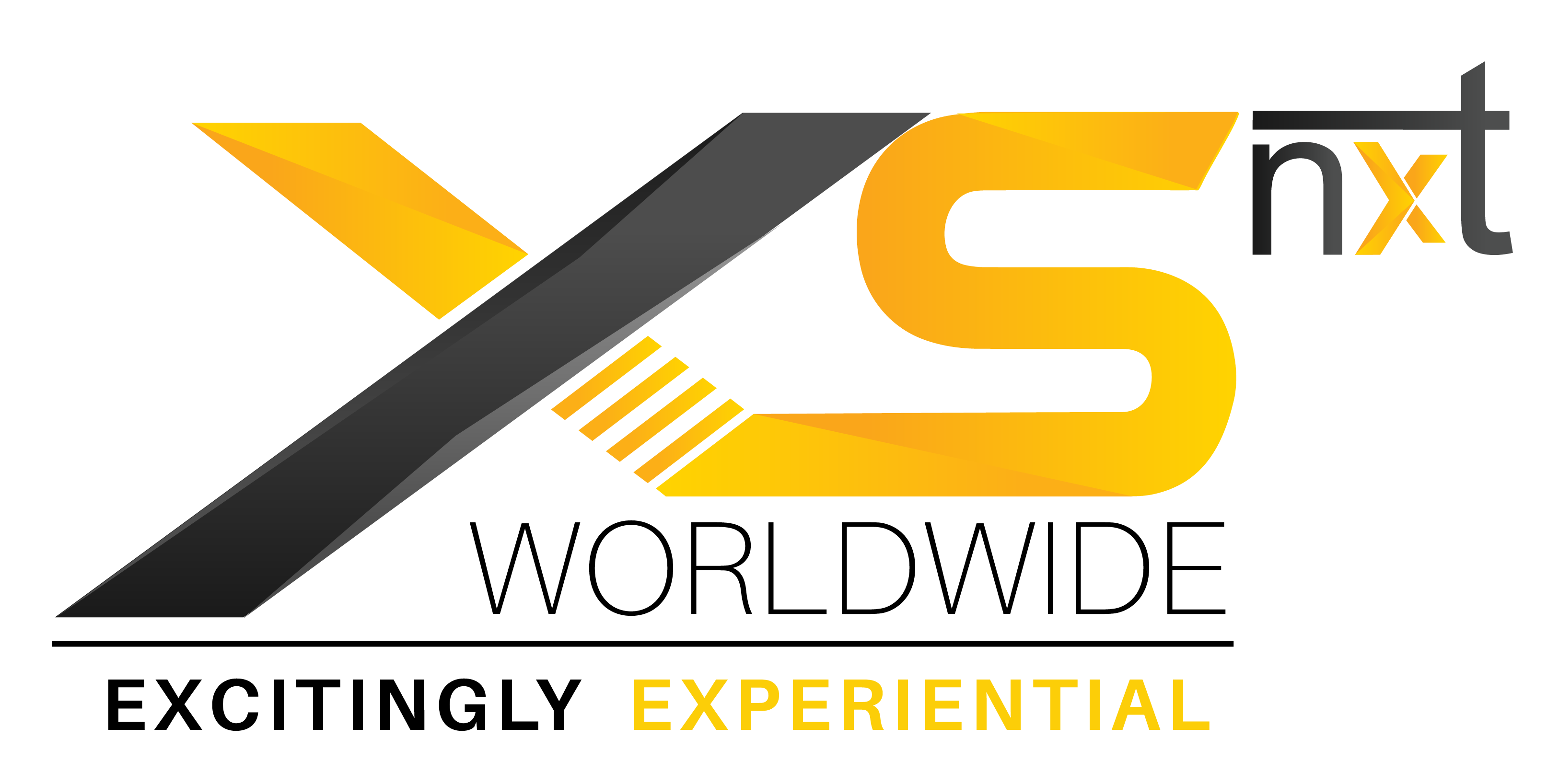

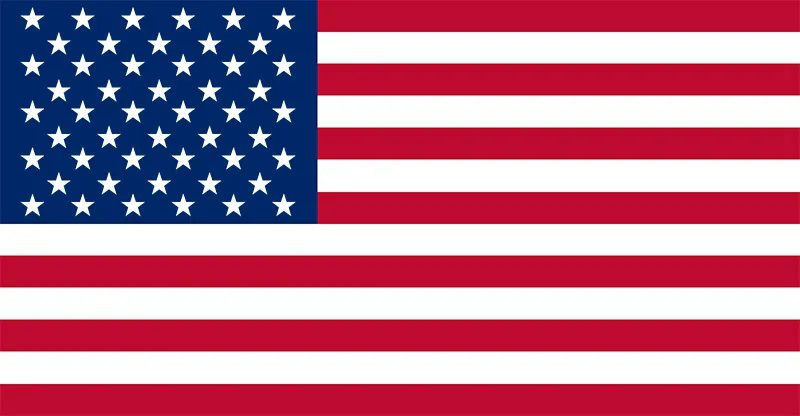 US
US
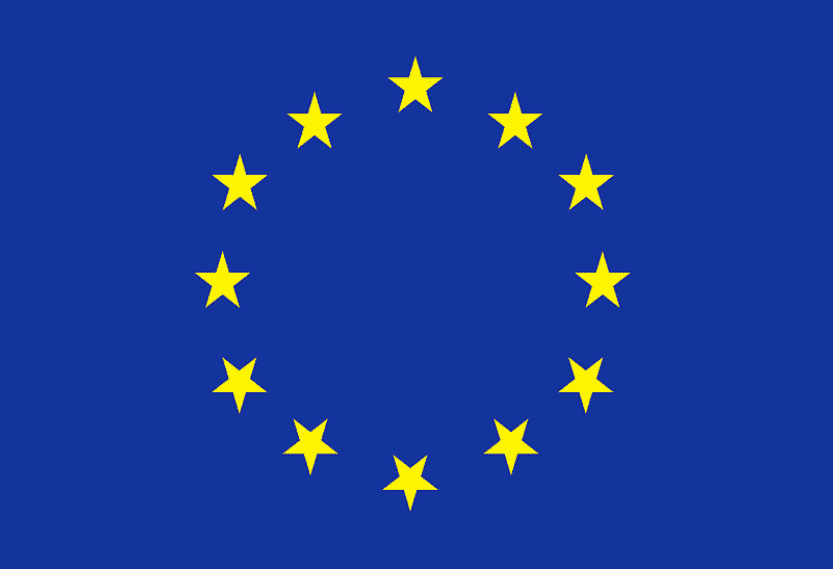 EU
EU
